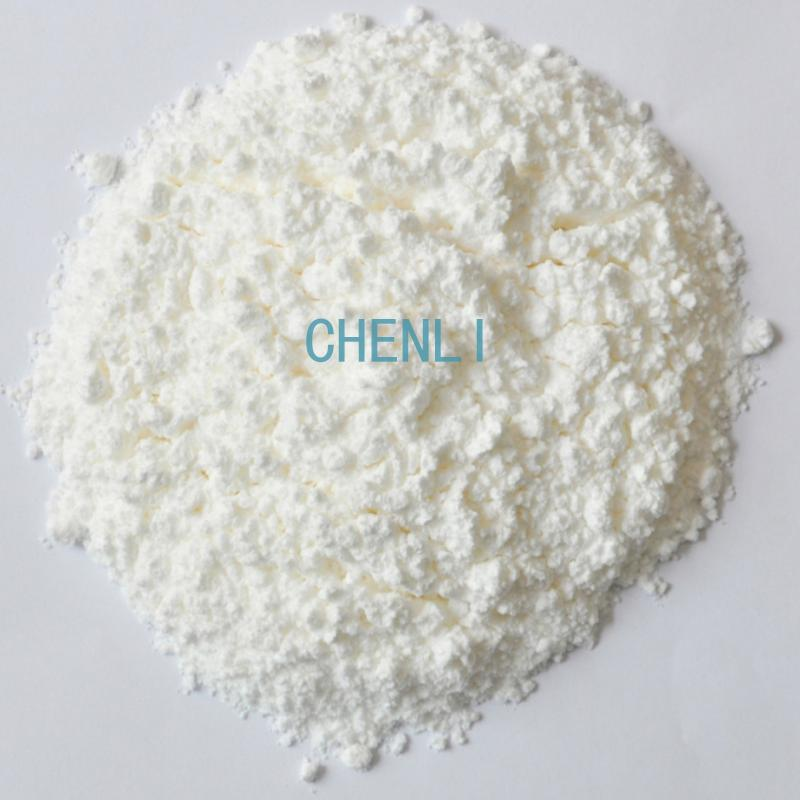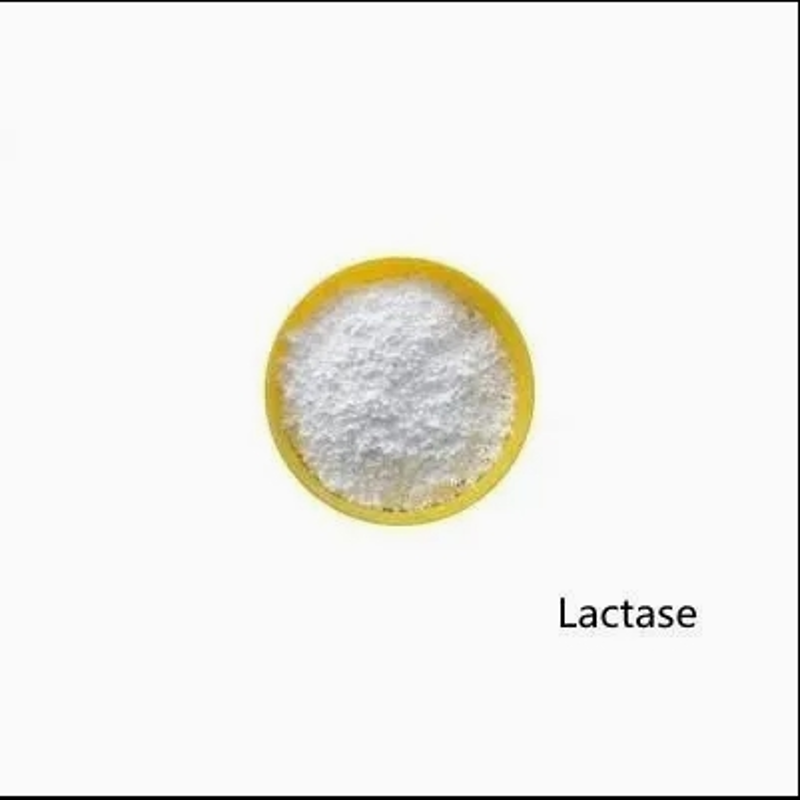-
Categories
-
Pharmaceutical Intermediates
-
Active Pharmaceutical Ingredients
-
Food Additives
- Industrial Coatings
- Agrochemicals
- Dyes and Pigments
- Surfactant
- Flavors and Fragrances
- Chemical Reagents
- Catalyst and Auxiliary
- Natural Products
- Inorganic Chemistry
-
Organic Chemistry
-
Biochemical Engineering
- Analytical Chemistry
-
Cosmetic Ingredient
- Water Treatment Chemical
-
Pharmaceutical Intermediates
Promotion
ECHEMI Mall
Wholesale
Weekly Price
Exhibition
News
-
Trade Service
D-alotone is a rare sugar that is close to zero calories and has little effect on blood sugar and insulin levels, but has a sucrose taste that the U.S. Food and Drug Administration (FDA) has determined to be a safe food additive.
's new CannaSweet product, recently launched by a U.S. sweetener supplier, is a combination of alodone sugar, stevia glycoside, and rohan glycoside, with only 0.2 kc/g of calories, in line with cleaning labels and sugar reduction concepts.
, however, D-alotone sugar conversion synthesis of key enzymes, mainly using E. coli (E. coli) as the expression host, there is a food safety risk, there is an urgent need to develop an efficient food-grade safe expression system to prepare glycase.
The functional sugar and natural active substances research team led by Sun Weixia, a researcher at the Tianjin Institute of Industrial Biotechnology of the Chinese Academy of Sciences, used the food-grade Glutamate Lollipop as the starting strain, and constructed the production strain using the combination expression strategy of isoenzyme, and the glycoenzyme vitality obtained increased about 20 times.
at the same time designed and constructed a green process based on double enzyme-coupled conversion of sucrose preparation of alotone sugar, enzyme fixed cycle conversion reuse 30 times, enzyme activity remains more than 80%, for D-alotone sugar food safety low-cost preparation laid the foundation.
The research was funded by the National Natural Science Foundation of China and the Chinese Academy of Sciences Youth Promotion Foundation, and the research results have been patented for invention, and the relevant results were published in Biotech Bioeng magazine, with Yang Jiangang, an associate researcher at Tianjin Institute of Technology, as the first author and Sun Yuxia as the author of the newsletter.
article linked to glycoenzyme screening and isoenzyme series combination expression







